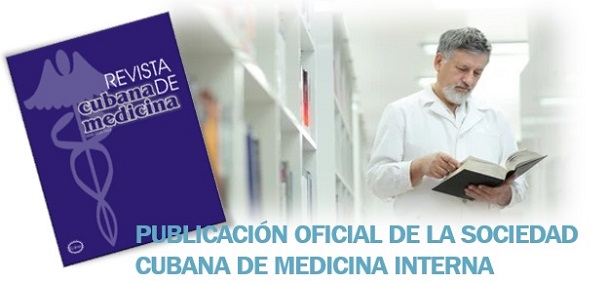Blood pressure is a potent determinant of cardiovascular risk, but the most appropriate targets for blood-pressure lowering have long been debated. Observational studies with a low risk of confounding have shown a linear relationship between blood pressure and cardiovascular risk down to 115/75 mm Hg, but some observational studies with a greater potential for confounding, involving persons at increased risk, have suggested a J-shaped curve — that is, below a given blood pressure, risk would increase. When trials of blood-pressure–lowering drugs have shown benefits in patients without hypertension, these effects have often been ascribed to alternative mechanisms. The widespread uncertainty about blood-pressure targets was increased when the Action to Control Cardiovascular Risk in Diabetes (ACCORD) trial showed no significant overall difference in cardiovascular events between patients with type 2 diabetes assigned to a systolic blood-pressure target of less than 120 mm Hg and those assigned to a target of less than 140 mm Hg.
Citado: Perkovic V, Rodgers A. Redefining Blood-Pressure Targets–SPRINT Starts the Marathon. N Engl J Med [Internet]. 2015 [citado 7 Nov 2017];373(22).




















DE NUESTROS LECTORES